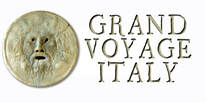|
The story goes that coffee was discovered by some unknown goat herder who noticed that his goats were more jumpy than normal after eating some seeds from a bush. This supposedly happened in Ethiopia, but it was in Yemen on the Arabian peninsula that coffee was first grown as a crop. Muslims drank it instead of wine for a "high". Many boasted its medicinal properties for all sorts of stomach ailments. In the middle ages it was it was introduced to Italy through the trade port of Venice. At first, people wanted this Muslim drink banned, but in 1600 it was given a Papal seal of approval. In England Tea is Queen, but in Italy coffee is King.
Coffee is part of a personal style statement for Italians. How much sugar you take, how much milk or even if you drink it amara (black), it's part of one's personal statement about their personality. If you don't drink coffee, especially after dinner, you'll be shunned as being pazzo or being under a curse. In Italy you don't just meet someone for a drink--you meet for coffee. It sharpens the senses for discussing business, politics or love. And if you ask someone to meet for coffee, offer to pay, even if you have to argue about it. Arguments are part of the dance--part of a day's rituals. And remember, the last thing an Italian wants to drink is a fancy, caramel flavored latte. They want--and need--coffee and only coffee. In fact, try and order a latte and you'll be given a glass of milk.
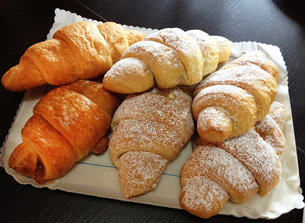 Plain, Nutella, Apricot jam... all great. Plain, Nutella, Apricot jam... all great. How to Order When ordering coffee at a bar, you're expected to pay first, get a receipt, then hand the receipt to the barista making the coffee. Baristi are well thought of in Italy. It's a job that commands respect and honor. Before they fill your order, they'll put a little tear in the receipt so you can't use it again. For an American, it seems odd to have to tell someone everything you want first, pay, and then go and pick everything up. They even do this in airport and train station snack shops. If you want espresso, don't ask for espresso. Ask for "una caffe, per favore". You'll get a small cup of espresso. When standing at a bar, drink your coffee fast (even if it's hotter than hell). Italians never sip. Sure, you can sit at a table like a tourist, but you'll be charged an extra couple of Euro for a cover. Italians are furbo (crafty), so they keep the two Euro in their pocket and stand to drink. By the way, you might get a small glass of water with your coffee, or you'll see glasses and a pitcher of water on the counter. If you do, it's not typically used for cooling or watering down your espresso. It's for cleansing your palette. In any event, do not try and sit for hours to drink coffee. Drink it fast or you'll be scorned as the Ugly American Tourista. And if you want to add a sugar free sweetener, don't ask for Sweet n Low, ask for Dietor, an Italian brand name. Try to remember... never, never call a cornetto a "croissant"! Croissants are French and fairly soft (they're made with lots of butter), while a cornetto is very Italian and has a crunch (made with lard or olive oil)-- perfect for dunking. In Italy, a typical breakfast is a caffè and a cornetto or other pastry. That's it. No one eats a big breakfast. They save up their appetites for large meals during extended lunchtime (2-3 hours long). Coffee is a big part of the morning ritual. Different Ways to Order Coffee Caffè: espresso, always a small cup, many Italians add a sweetener. Caffè Americano: watered down espresso, but still stronger than American coffee. Caffè Doppio: Double espresso Macchiato: a small cup of espresso with a splash of milk Marocchino: small cup of espresso with some cocoa powder and dash of milk Ristretto: a strong shot of espresso made with the normal amount of coffee but half the amount of water. Caffè corto: short espresso Caffè lungo: long espresso Cappuccino: espresso with steamed milk on top (with breakfast) NEVER after 11am, and NEVER after dinner Caffè Lungo: Literally, long coffee. This is a large cup of watered down espresso. Caffè Corretto: Not for breakfast, this is an espresso laced with a shot of liquor, like Grappa. Caffè Freddo: Chilled and shaken with ice, served in summer. Granita di Caffè: in summer--a coffee slushy. Caffè Latte: Milk flavored with coffee, served in a glass. Caffè Deca: Decaff coffee. "Deca" can be used with to order other decaffeinated coffee types, for example, "Cappuccino Deca". 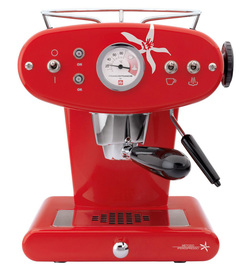 Now, if you really want to spend big money, you can get one of those dedicated (and huge) cappuccino machines. But you don't really need this just to make steamed milk for your cappuccino or macchiato. All you need is a small container to shake bubbles into your milk. Then you would heat up the milk in a microwave and spoon it on top of or into your coffee. If you use a coffee press to make your brew, there is a similar device to make bubbles in milk. Making coffee Italian style is a fairly straightforward thing, once you understand the nuances, that is. Get yourself a Moka pot, look for a blend that suits you and start brewing. Bonus Tip For Moka pots: Do NOT tamp your grounds. This is a technique used on high pressure pro machines... the Moka is a low pressure device. Just fill your Moka chamber to the top with loose grounds and screw it shut. Boun Caffe! --Jerry Finzi You can also follow Grand Voyage Italy on: Google+ StumbleUpon Tumblr Copyright 2016 - Jerry Finzi - All Rights Reserved
0 Comments
Your comment will be posted after it is approved.
Leave a Reply. |
Categories
All
Archive
June 2024
|


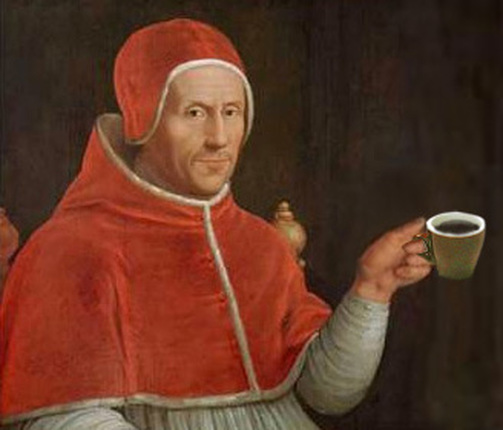
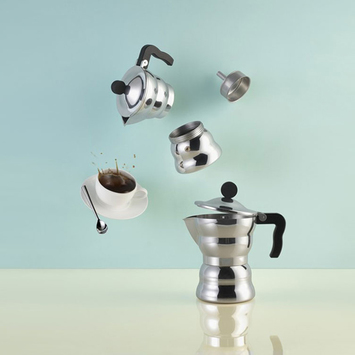


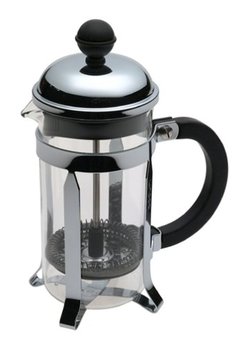
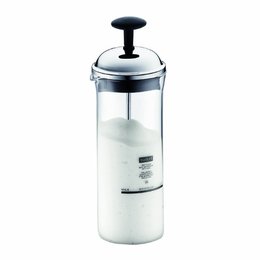
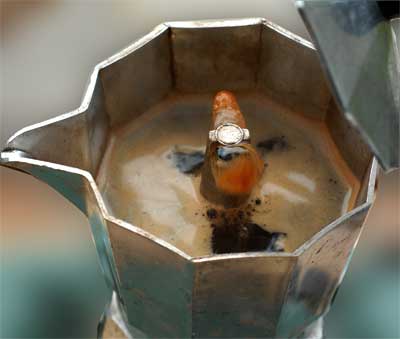
 RSS Feed
RSS Feed
